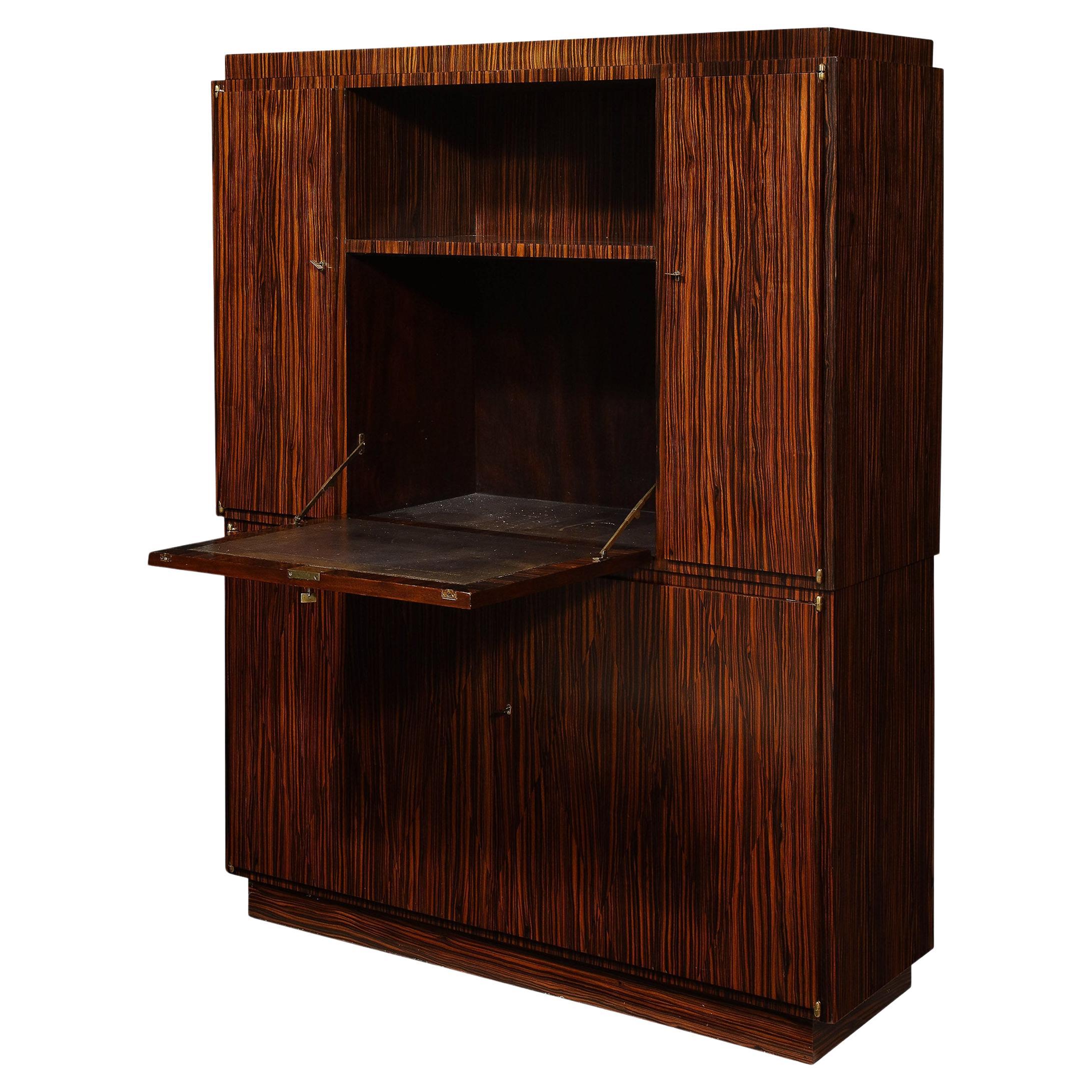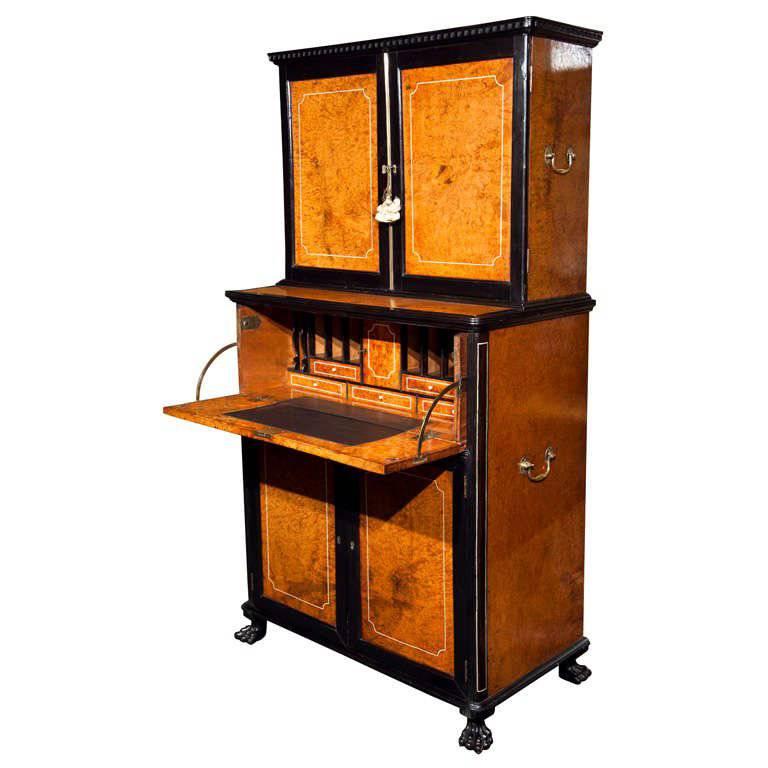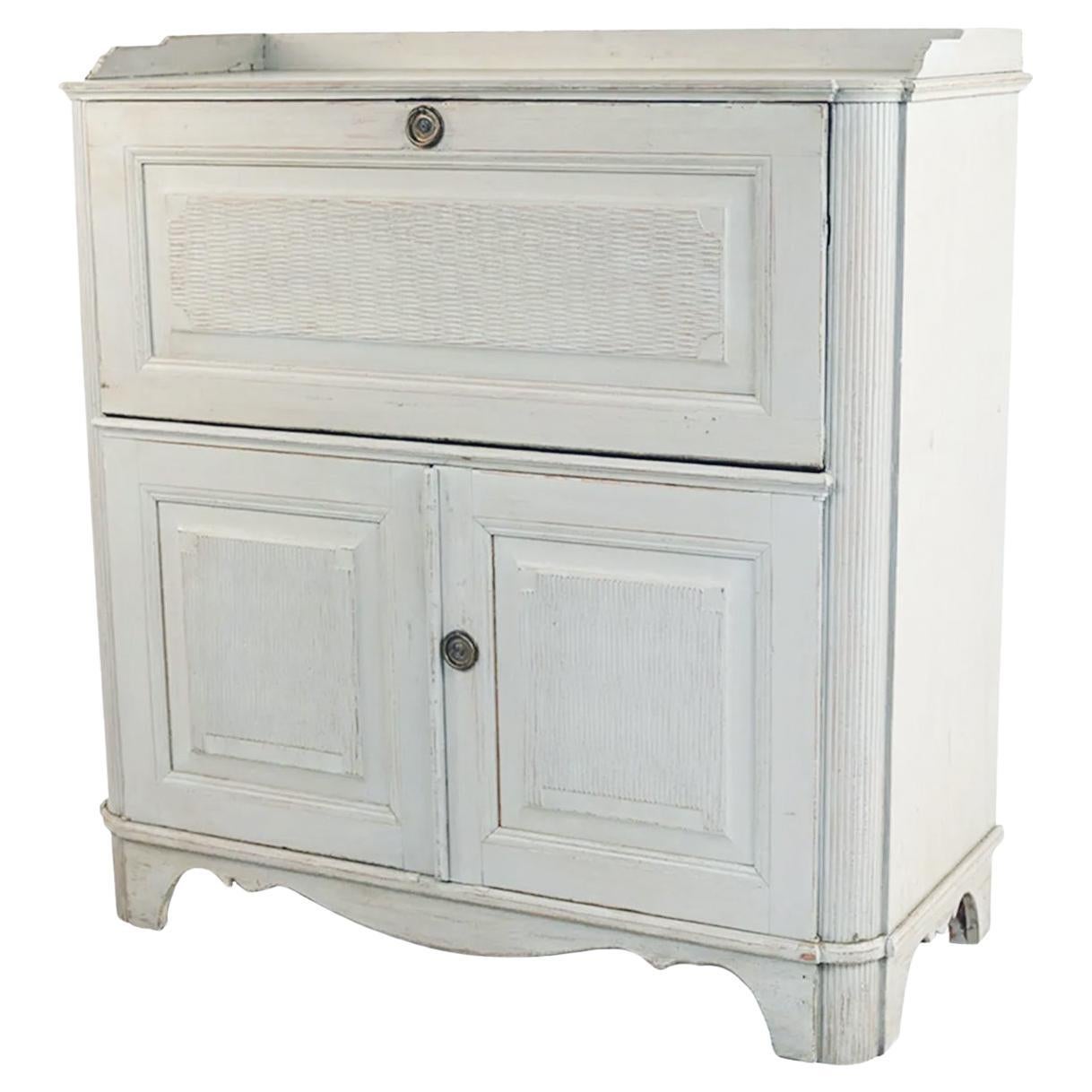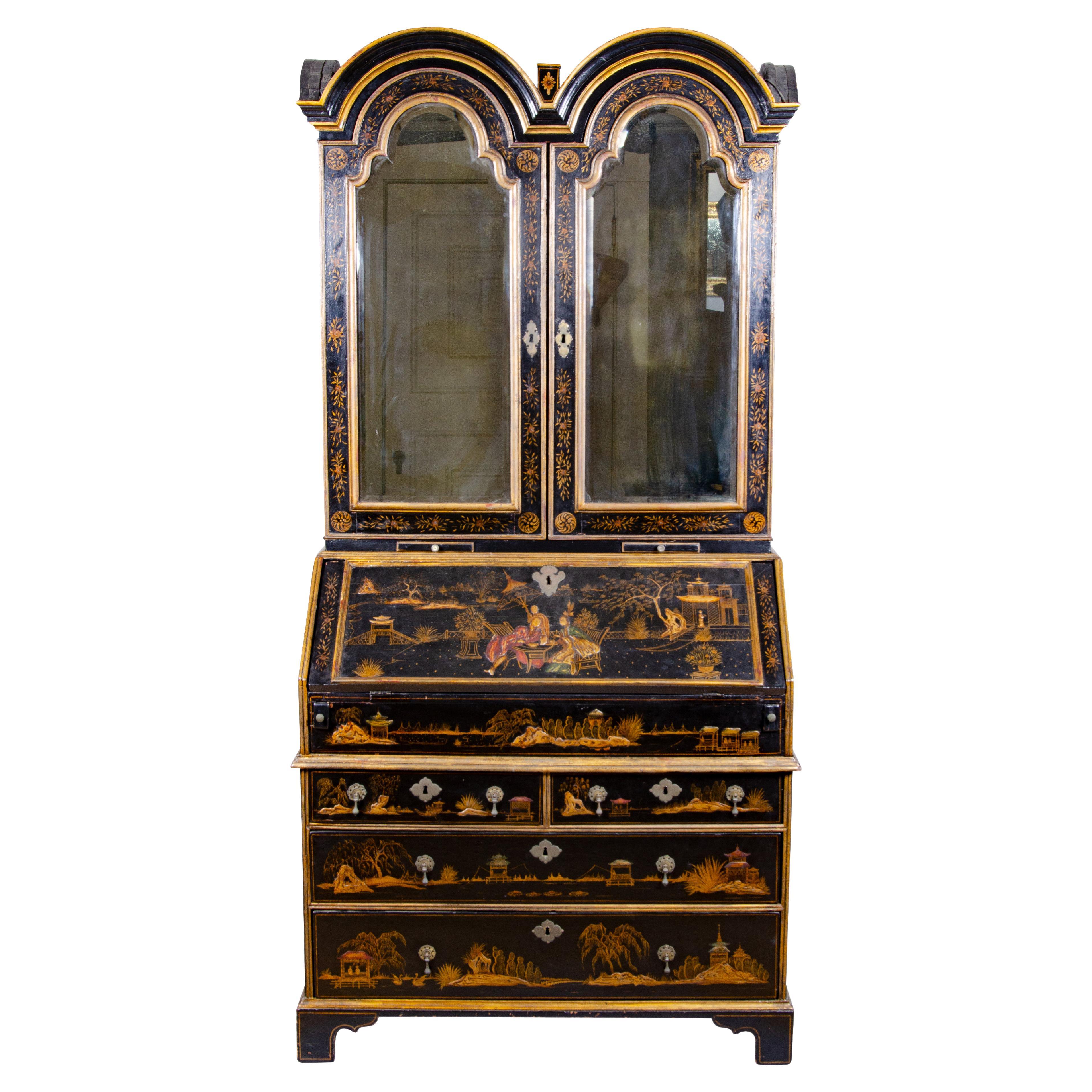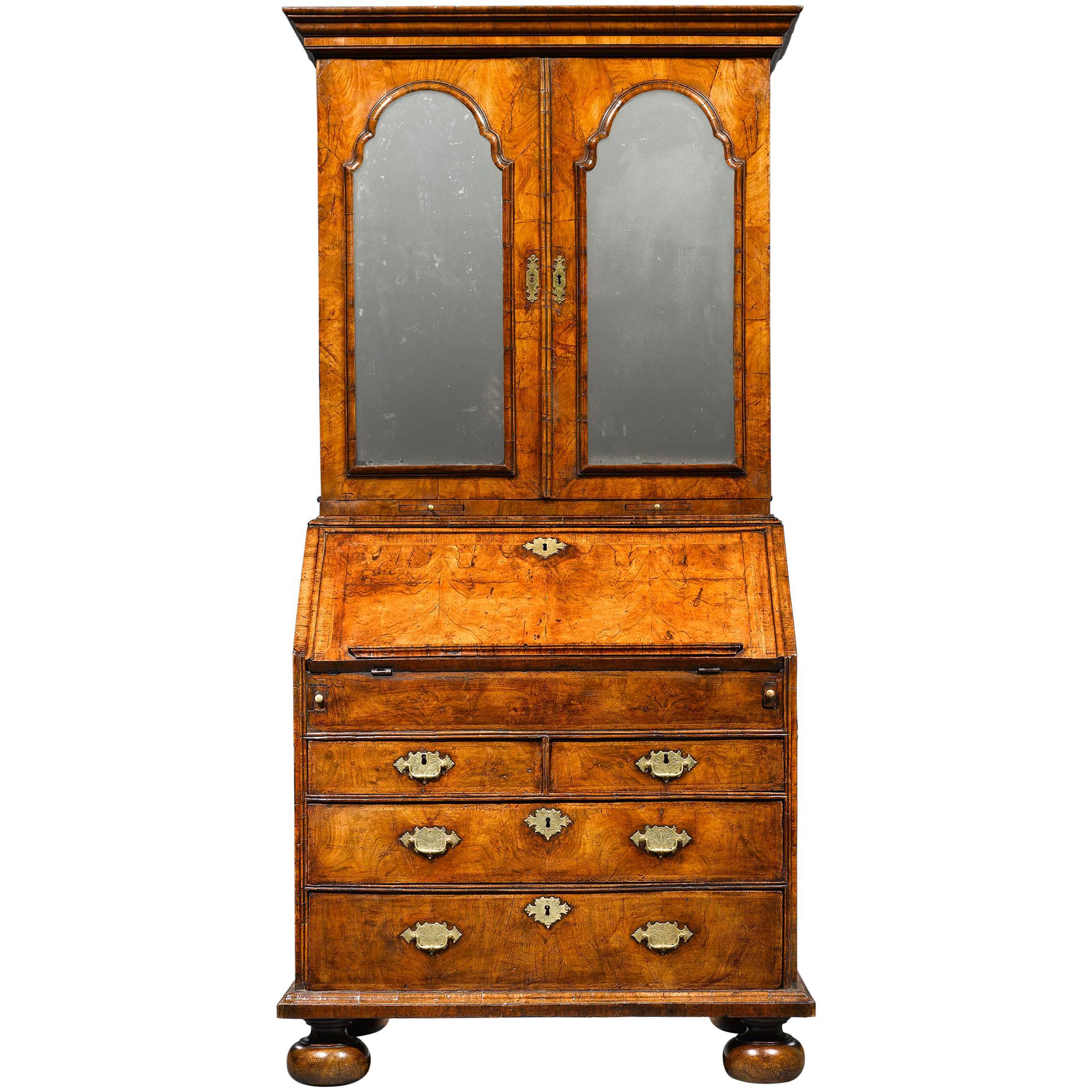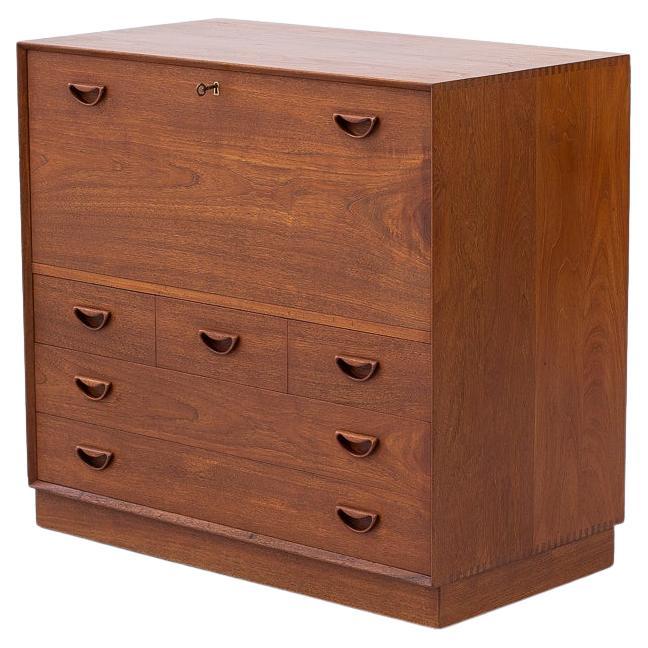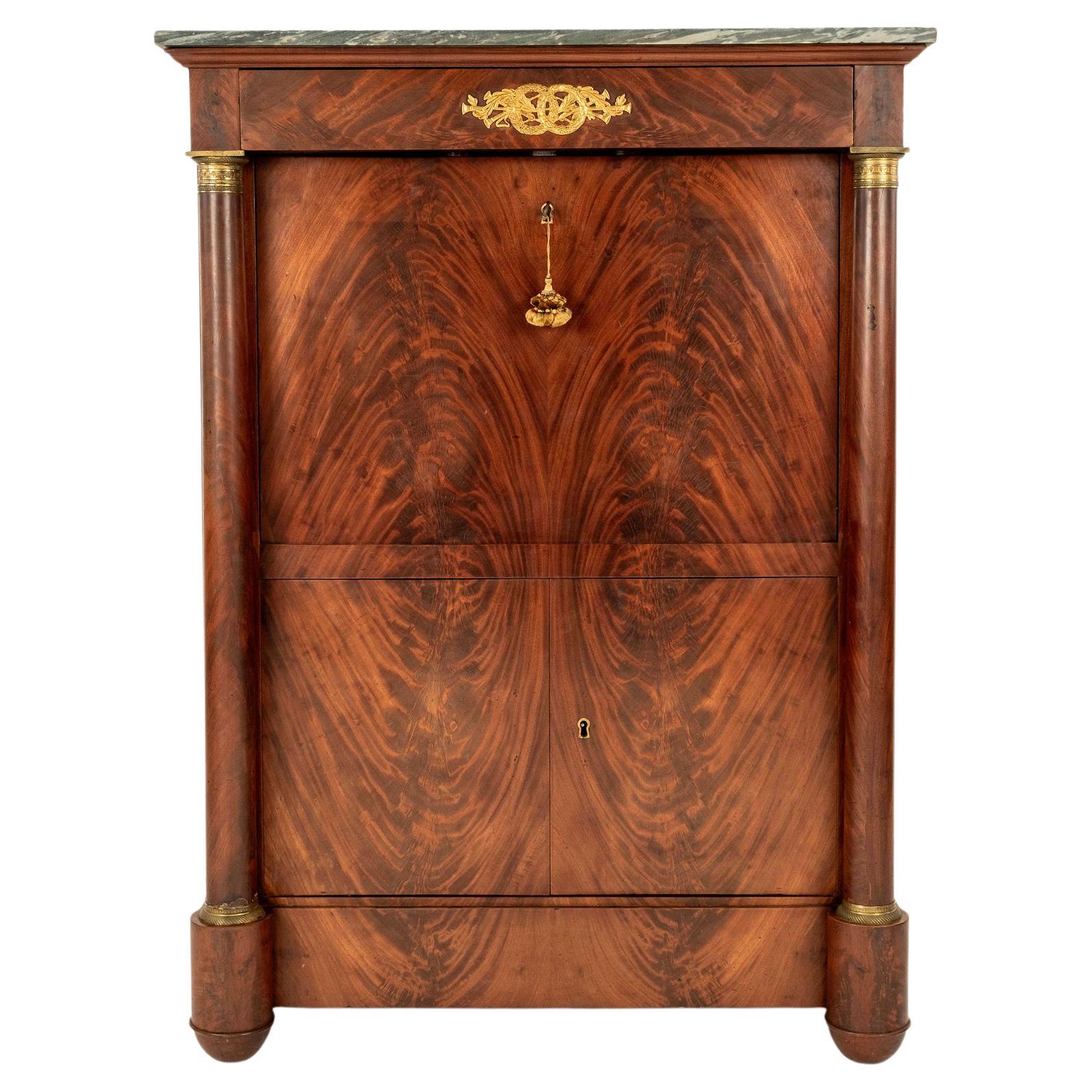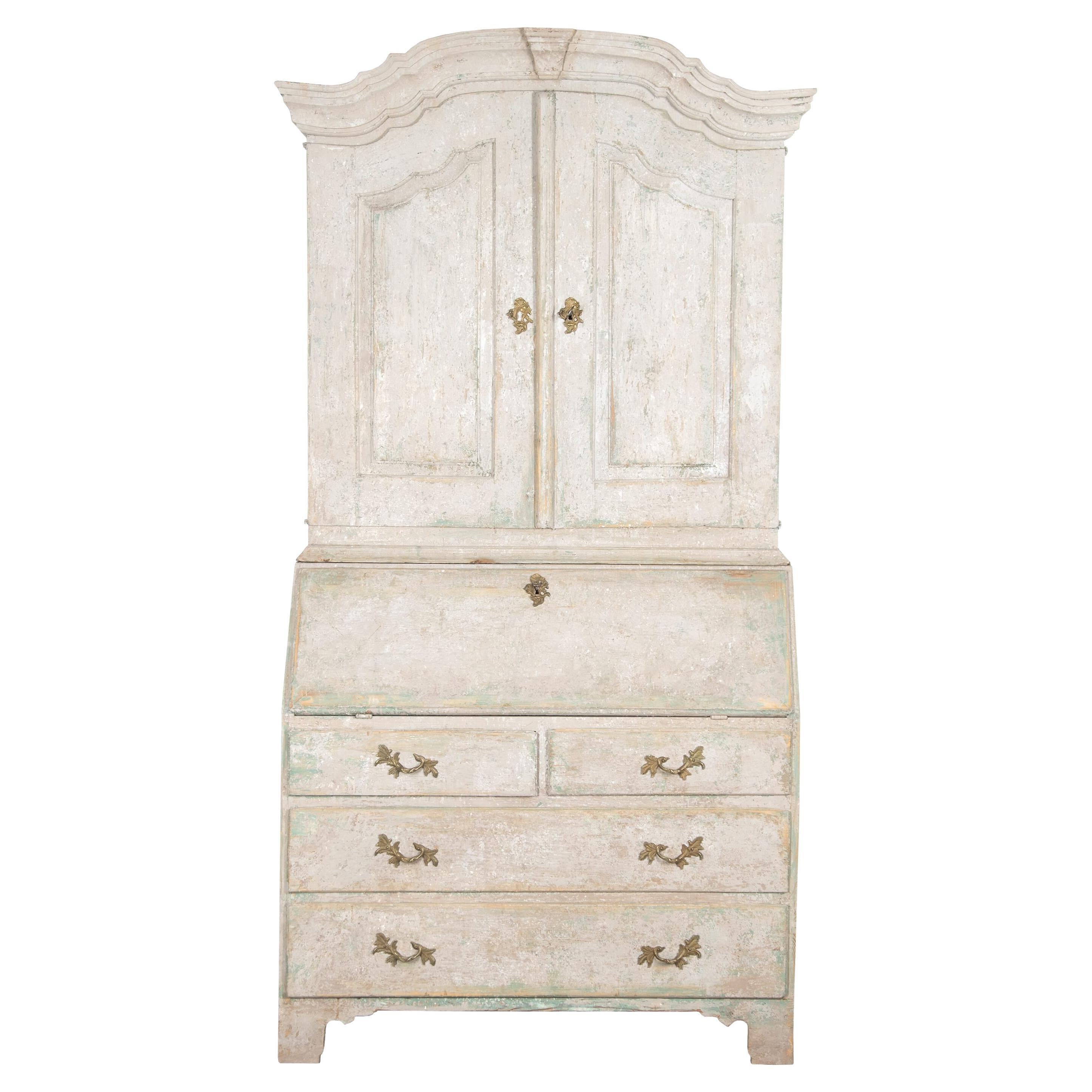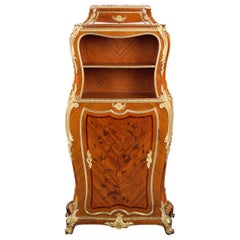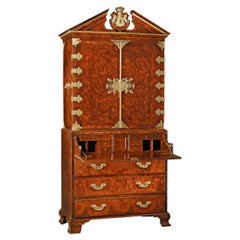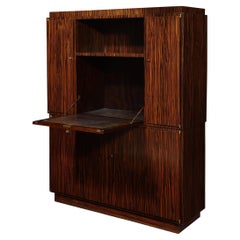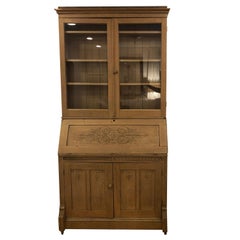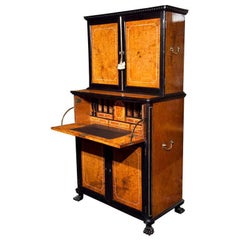
Ornate Secretary by André Gilbert
View Similar Items
Want more images or videos?
Request additional images or videos from the seller
1 of 10
Ornate Secretary by André Gilbert
About the Item
- Creator:Andre Gilbert (Maker)
- Dimensions:Height: 57 in (144.78 cm)Width: 38.5 in (97.79 cm)Depth: 16 in (40.64 cm)
- Style:Neoclassical (In the Style Of)
- Materials and Techniques:
- Place of Origin:
- Period:
- Date of Manufacture:circa 1780
- Condition:
- Seller Location:New Orleans, LA
- Reference Number:Seller: 29-19371stDibs: LU89116932293
About the Seller
5.0
Recognized Seller
These prestigious sellers are industry leaders and represent the highest echelon for item quality and design.
Established in 1912
1stDibs seller since 2010
93 sales on 1stDibs
Typical response time: 7 hours
More From This SellerView All
- 18th Century English SecretaryLocated in New Orleans, LAQueen Anne period furnishings such as this walnut secretary are incredibly rare and important examples of English cabinetmaking. This secretary is of the most outstanding caliber, boasting desirable double bonnet, mirrored cabinet doors...Category
Antique 18th Century English Queen Anne Secretaires
MaterialsWalnut
$88,500 - 19th Century French Secrétaire by DurandBy Gervais DurandLocated in New Orleans, LASuperior craftsmanship and intricate marquetry characterize this rare secrétaire by Gervais-Maximilien-Eugène Durand, one of the most popular French ébénistes of the 19th century. Th...Category
Antique 19th Century French Louis XV Secretaires
MaterialsBronze, Ormolu
- King George I Ambassadorial Secrétaire-CabinetLocated in New Orleans, LAThis highly important secrétaire-cabinet was crafted for and specially ordered by King George I for the British Ambassador to Russia. From its craftsmanship and materials to its exceptional artistry, it is a work of royal and historic significance that exudes power in each and every detail. The broken pediment at its apex features the simplified royal coat of arms bearing the king’s crown, while the interior is adorned by portraits of the British Royal Family. Placed within the ambassador’s St. Petersburg home, this entirely unique piece of furniture would have been a potent reminder of England's grandeur and political importance. Relations between England and Russia during this period were at an all-time high. Peter the Great had traveled to England in 1698 as part of his widely known “Grand Embassy” tour, wherein he attempted to gain foreign support against the Ottoman Empire. He spent a period of nearly four months there, meeting with King William III and his court on numerous occasions. Noted academic Arthur MacGregor wrote concerning the impact of the trip, “For two decades following Peter's visit, British influence in Russia reached a peak. It manifested itself in social custom, in craft practice and in ships and naval organization... it reached a significant sector of the population before relations cooled once again and the two nations pulled back from this era of unprecedented cordiality.” First and foremost, however, it is a reminder of British might and influence. By the reign of King George I, England had come into its own as a world power. Unique in its design, this cabinet is a reflection of the country’s might. It is crafted from the highest-quality solid walnut and burr walnut adorned by gilded lock plates and engraved hinges. The presence of ormolu at its apex and lining the doors was a rarity for this period, and its addition makes manifest the importance of the design. The outer doors open to reveal multiple interiors, including fifteen separate drawers around a central cupboard; the cupboard doors each bear mezzotint portraits of George I and his father, Ernest Augustus, Elector of Hanover. An etching after the portrait of George I dating to circa 1716 is in London’s Royal Academy. A second, inner pair of doors are adorned by mezzotints of the Prince and Princess of Wales (later Queen Caroline and George II), which are both after portraits by Sir Godfrey Kneller dated 1716 in the Royal Collection. A final portrait is revealed on the very interior of the cabinet, where a mezzotint of Frederick, Anne, Amelia and Caroline, children of the Prince of Wales, resides. An etching (circa 1715-1720) after this portrait can be found in the National Portrait Gallery (London). Apart from its abundance of royal portraiture, the cabinet features stunning painted decoration, including floral designs as well as clouds, birds and trees in a bucolic motif reminiscent of Eden. Its lower portion is a study in both form and function, featuring a fitted secrétaire-drawer above three additional drawers for storage. The cabinet appears in The Shorter Dictionary of English Furniture by R. Edwards from 1964, a text that is regarded as the bible of British furniture design. Edwards describes it as a “writing cabinet...given by George I to the British Ambassador at the Russian court.” The cabinet was likely made for the 18th-century German diplomat and writer Friedrich Christian Weber, who represented English interests at the Russian court from 1714 until 1719. Although Weber’s tenure as ambassador was relatively short, while in St. Petersburg, he authored his account entitled Das veraenderte Russland (The Present State of Russia), which was published in three volumes in 1721, 1739 and 1740. It may, however, also have been made for George Douglas, 2nd Earl of Dumbarton, who served as ambassador alongside Weber in 1716. Diplomatic relations ceased between the two countries in 1721. In 1928, the cabinet appeared for sale at the International Exhibition of Antiques & Works of Art in Olympia. It had previously been in the collection of the Woltner family of Bordeaux, the celebrated vintners who owned the estate Château Laville Haut-Brion and produced wine of the same name. According to the family, Monsieur Woltner was given the cabinet as a gift from an aunt who lived in Russia for many years. After leaving the Woltner collection, the cabinet was acquired by William Berry...Category
Antique 18th Century English Georgian Secretaires
MaterialsBrass
- 19th Century French Vitrine by Francois LinkeBy François LinkeLocated in New Orleans, LAThis rare and stunning vitrine was crafted by the illustrious French ébéniste François Linke. A master of the Louis XVI style, Linke was renowned for his highly original designs t...Category
Antique 19th Century French Rococo Vitrines
MaterialsBronze
- 19th Century Dutch Bureau BookcaseLocated in New Orleans, LAThis magnificent and important Dutch mahogany bureau bookcase, exuberantly carved and adorned with superb figural carvings, impressive scrolled feet and elaborate applied decoration....Category
Antique 19th Century Dutch Other Bookcases
MaterialsMahogany
- Italian Rococo-Style Giltwood VitrinesLocated in New Orleans, LAThis extraordinary pair of Rococo-style vitrines is an exceptional example of Italian cabinetry. Beautifully designed and executed in giltwood, the stunning pair is set apart by a pr...Category
Antique 19th Century Italian Rococo Vitrines
MaterialsGiltwood
You May Also Like
- Secretary Cabinet by Emile-Jacques RuhlmannBy Émile-Jacques RuhlmannLocated in New York, NYA Macassar ebony secretaire side cabinet with a rectangular stepped top above an open recess and a fall front enclosing a fitted interior, flan...Category
Early 20th Century Secretaires
MaterialsMacassar
- Antique White Oak Secretary with Carved DetailsLocated in Los Angeles, CAUnique antique secretary with a whitewash aged finish to the white oak. Two large glass doors at the top with adjustable shelves. Decorative carving in the doors. This piece ha...Category
Antique Early 19th Century English Neoclassical Secretaires
MaterialsOak
$5,740 Sale Price30% Off - British Colonial SecretaryLocated in Stamford, CTA British Colonial secretary, probably Anglo-Indian, in Campaign form with burl wood and ebony and bone inlay.Category
Antique 19th Century Secretaires
MaterialsBone, Ebony
$21,000 - Antique Gustavian Secretary CabinetLocated in New York, NYAntique Gustavian drop-front secretary cabinet, hand-crafted in the early 19th Century in Sweden. It has a warm, light gray painted exterior with hi...Category
Antique Early 19th Century Swedish Gustavian Cabinets
MaterialsWood
- Russian Mahogany Secretary CabinetLocated in New York, NYRussian (Possibly Baltic) (18/19th Century) mahogany & bronze trim secretary cabinet with a roll top centering a 2 tambour door top and chest with 2...Category
Antique 18th Century Unknown Baltic Secretaires
MaterialsBrass
- English Sheraton Mahogany SecretaryLocated in New York, NYEnglish Sheraton style (19th century) mahogany inlaid secretary with 2 lattice doors.Category
Antique 19th Century Sheraton Secretaires
MaterialsGlass, Mahogany
Recently Viewed
View AllMore Ways To Browse
Mother Of Pearl Urn
Holly Andres
Henredon Folio 10
Laquer Secretaire
Maddox Desk
Secretary Desk Statton
Swedish Gustavian Secretary Hutch
Georgian Inlayed Secretary
Antique Mahogany Abattant
Georgian Oak Secretary
Bureau Bookcase Slant Front Desk
Directoire Secretary
Baroque Walnut Italian Secretary
Renaissance Revival Secretary
Teak Rolltop
Mid Century Secretaire Credenza
Queen Anne Slant Top Desk
Secretary Desk Red Lacquer
